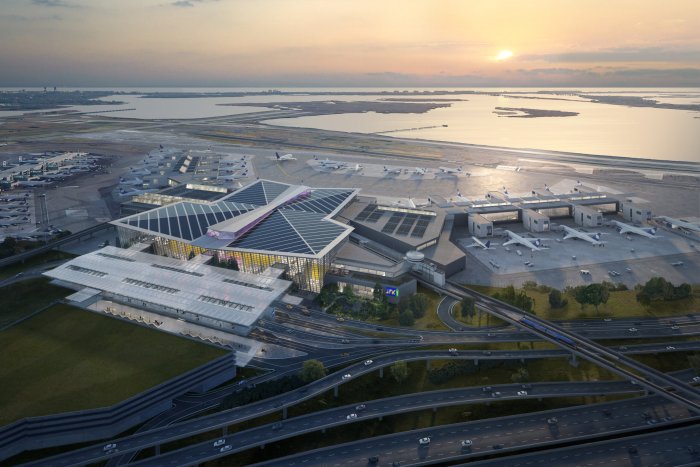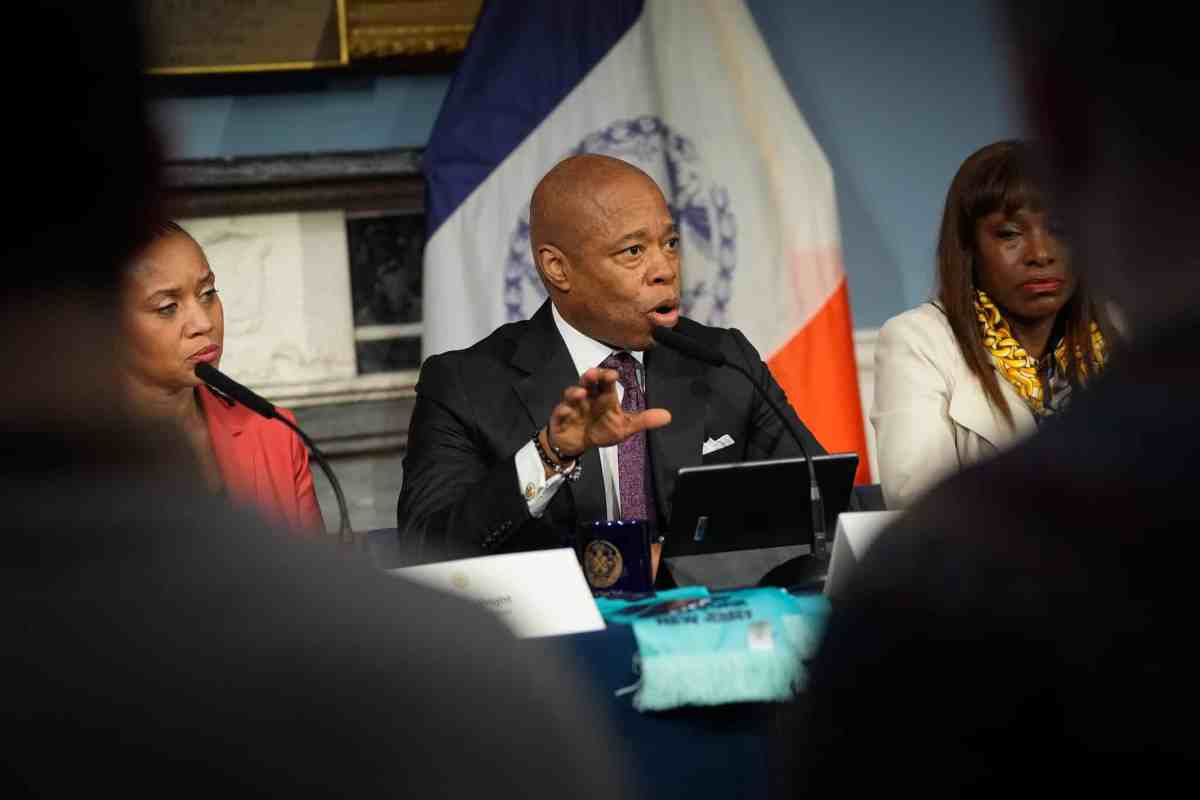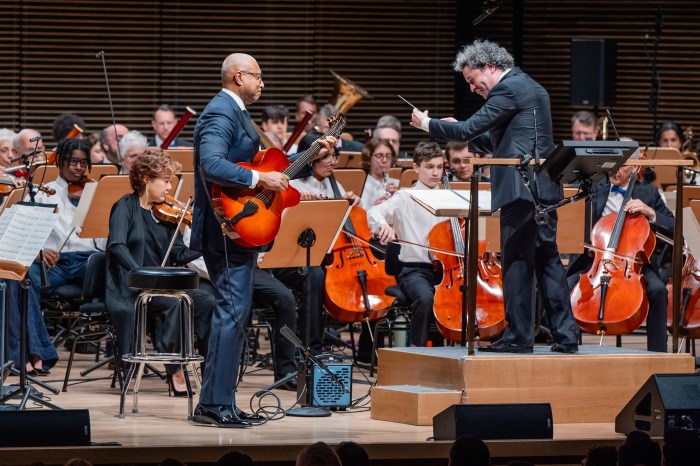By The Greater Astoria Historical Society
In 1930, Queens got its first traffic lights. They are switched on along the el structure on Queens Boulevard in Sunnyside, heralding a line of traffic signals that will extend to Flushing.
The first leg of the longest traffic light system in the borough is switched on at 3:30 p.m. from 34th to 49th streets. The system will be on from 7 a.m. to 3 p.m. each day. It is opened without ceremony.
l
Well, the lads will soon be a thing of the past. Soon the track where their feet pound out the miles on cinder paths will be covered with apartments where tiled baths and hardwood floors abound.
The park, which sits on nearly 100 lots, passes from the Irish-American Athletic Club to the City and Suburban Home Co. for $5 million. With the speed characterized by the growth of the rest of the Thompson Hill section, the Celtic Park Apartments will open on the site by next May.
More than 1,200 families of moderate means are to be housed on land where world champions were made and where the shouts of Irish “hurly” players are heard every Sunday.
l
In 1929, fare collections on the elevated lines are up dramatically: 41 million on the Flushing line, 24 million on the Ditmars line and 18 million between Hunters Point and Queensboro Plaza.
The latter stop, jointly operated by the BMT and IRT, collects more than 8 million fares that year.
l
Borough President Harvey orders a speed-up of work on the new boroughwide house numbering system. Public Works Commissioner Halleran calls a conference of businessmen to cooperate. Representatives of the telephone, gas and electric light companies, as well as police and the postal authorities, attend a meeting at Borough Hall in Long Island City.
Charles Powell, chief engineer of the Queens Topographical Bureau, said more than 300,000 forms have to be filled out.
“The new house numbering system, perhaps more than any other single factor, should help eliminate the provincial community lines that for so many years delayed the progress of Queens,” he said. “After all, there should be no other community spirit in Queens than a boroughwide desire to expand and progress with community lines wiped out or dimmed. Queens should feel a new impulse that will add to its already remarkable growth.”
The project, which costs $18,000, was started in 1915. Each house is marked with yellow chalk with its new house number when it enters the system.
l
Harry M. Hicks, the last blacksmith of Whitestone Village, dies suddenly at his home on 14th Avenue and 148th Street, at 75.
He was still officially employed as a city blacksmith by the Street Cleaning and Highway departments, positions he held for more than 30 years. He was a member of Whitestone’s Hook and Ladder Co. No. 1, a member of Grace Episcopal Church, the Odd Fellows, the Masons, the Exempt Fireman Association of Flushing and the Jefferson Democratic Club.
He shod the shoes of many race horses that ran on Memorial Field, a track between Flushing and Whitestone.































